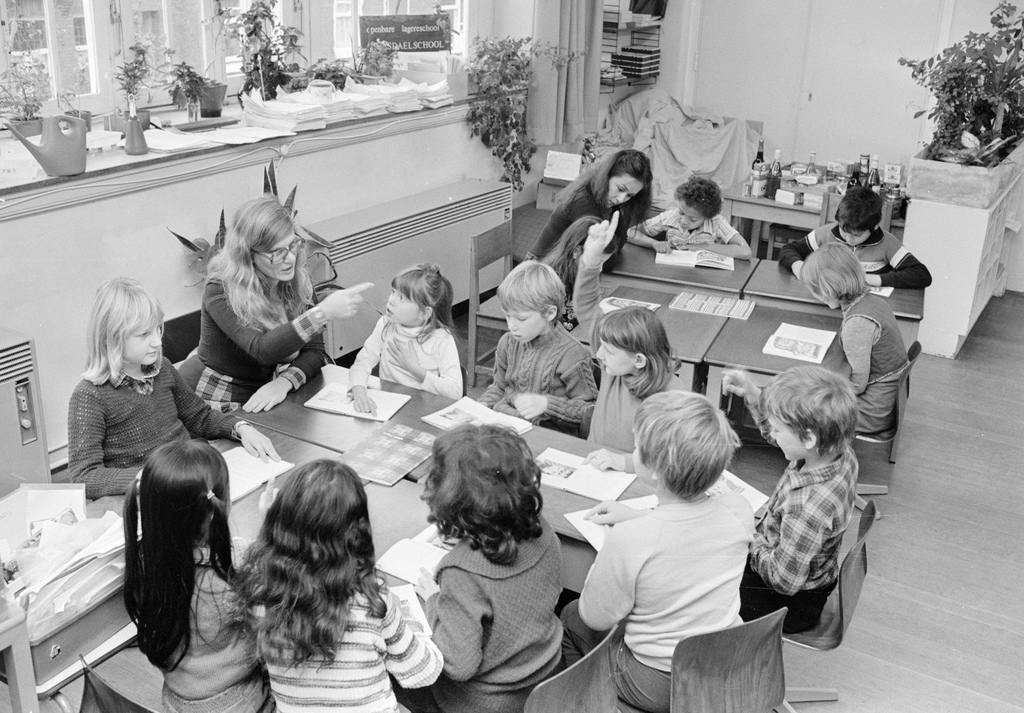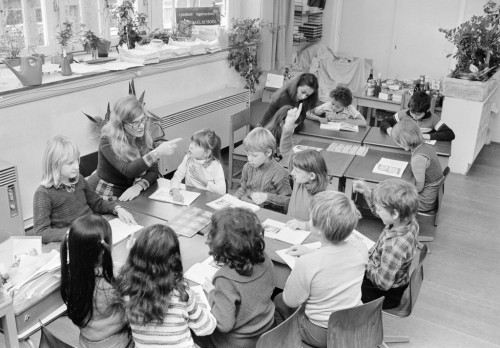There are many things that go into a productive classroom and fulfilling education. For children in Special education classrooms including those with students that have learning disabilities, successful collaboration is a key element. It allows for fluidity through all of their services both at home and school. Collaboration can also bring together the elements and interrelationships of curriculum orientations, standards-based education, and program orientations. In order for all of these things to run smoothly, there are factors that affect program decision-making for the students. These ideas will be discussed in the following paper.
First lets define these elements in order to get a better understanding of what effects the students. Standard-based education is applying the same standards to those in special education, as to those not in special education (Turnbull, Turnbull, Shank, Smith, & Leal, 2002). This can effect the program and curriculum, as it will represent material that those in general education classrooms are also learning. It also means that special education will be working to have their students curriculum and program match the standards and can perhaps distract from the child’s own program or IEP, Individual Education Plan (Turnbull et al, 2002).
The IEP and program orientation are where goals are established for the student. These goals outline the students educational needs, as well as additional services that the student may need, including but not limited to speech therapy, occupational therapy, physical therapy, respite, and rehabilitation. According to 1982 legal ruling, an IEP should consist of reasonably calculated program and curriculum to enable the child to receive educational benefit (Wright & Wright, 2003).
The curriculum orientation is defined by the school districts standard-based education. If the school district does not adopt this policy, than the teacher can take in account the child’s IEP and set up curriculum to help the child reach their goal. There are some overlapping goals often found for children with learning disabilities, which should be accounted for when choosing curriculum (Turnbull et al, 2002). They include difficulties with information processing and metacognition (Turnbull et al, 2002). To overcome these difficulties, it is important for students with learning disabilities to be taught how to learn independently in self-directed ways (Turnbull et al, 2002). Another common curricular goal is for students to learn generalizations so that they can apply what they learn in the classroom on a larger scale to real life experiences (Turnbull et al, 2002). Finally students’ curriculum should promote the students’ self-esteem, motivation, and the students’ perception that they do have some control over their own academic progress (Turnbull et al, 2002). Often students with learning disabilities feel a sense of learned helplessness and low-self esteem from being unable to reach curricular goals through previous years (Turnbull et al, 2002).
As these three main terms have been defined, it is already apparent how much they affect one another. It can be hard for the teacher to set up a curriculum to fulfill the school districts standard-based education, as well as, the students’ federally mandated IEP or program. So although these ideals are all equally appreciated, they do not necessarily meet together in a unified manor, which promote the educational benefit of students. Instead perhaps other measures should be referred to for finding beneficial instruction. These include: researched-based criteria, parental concerns, a variety of assessment tools, and a positive professional classroom climate (Texas Education Agency, 1996). Researched-based criteria are “used to select the instructional materials that provide the structure for the classroom reading program. These criteria establish the need for systematic instruction and sufficient practice in a number of aspects” (Texas Education Agency, 1996).
With all of these ideals and important educational elements, it is easy to see how a teacher may be overwhelmed and how a student with learning disabilities may not reach there full educational potential. This makes the program-decision making an essential element to fluidity of the child’s education. Program-decisions within the school district are defined federally and locally, but often the special educator has choices about specific curriculum and instruction within the students program. As an educator it is important to look at what it expected of your program and find the curriculum and instruction that best fits your students. This can help promote success with curriculum and program and can even lead to successful standard-based instruction. The collaboration of these elements along with overlap into the students other services can provide the student the structure to be enabled to fulfill their true educational potential and reach many standardized norms, as well as their individualized goals.
Reference
Texas Education Agency. (1996). School Features that Support Effective Instruction. Retrieved May 20, 2006 from www.Idonline.org
Turnbull, Rud, Ann Turnbull, Marilyn Shank, Sean Smith, & Dorthy Leal. (2002). Exceptional Lives: Special Education in Today’s Schools (3rd ed.). Upper Saddle River, New Jersey: Merrill Prentice Hall.
Wright, Pete and Pam Wright. (2003). Your Child’s IEP: Practical and Legal Guidance for Parents. Retrieved May 20, 2006 from www.Idonline.org

